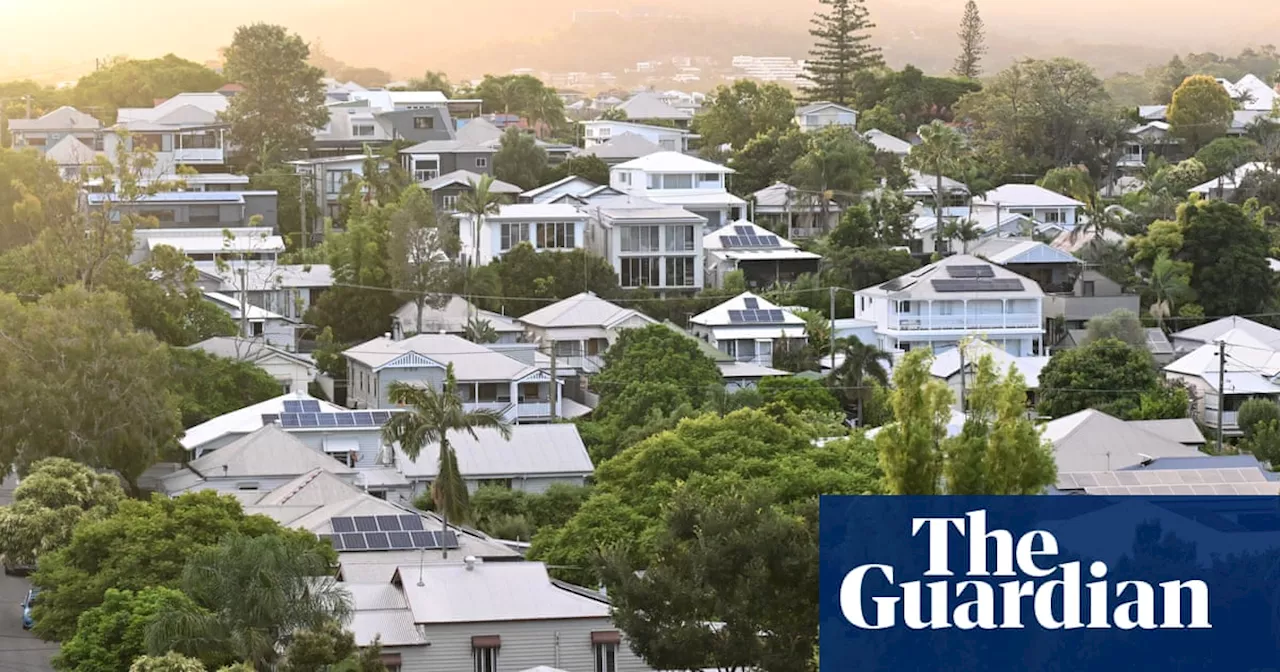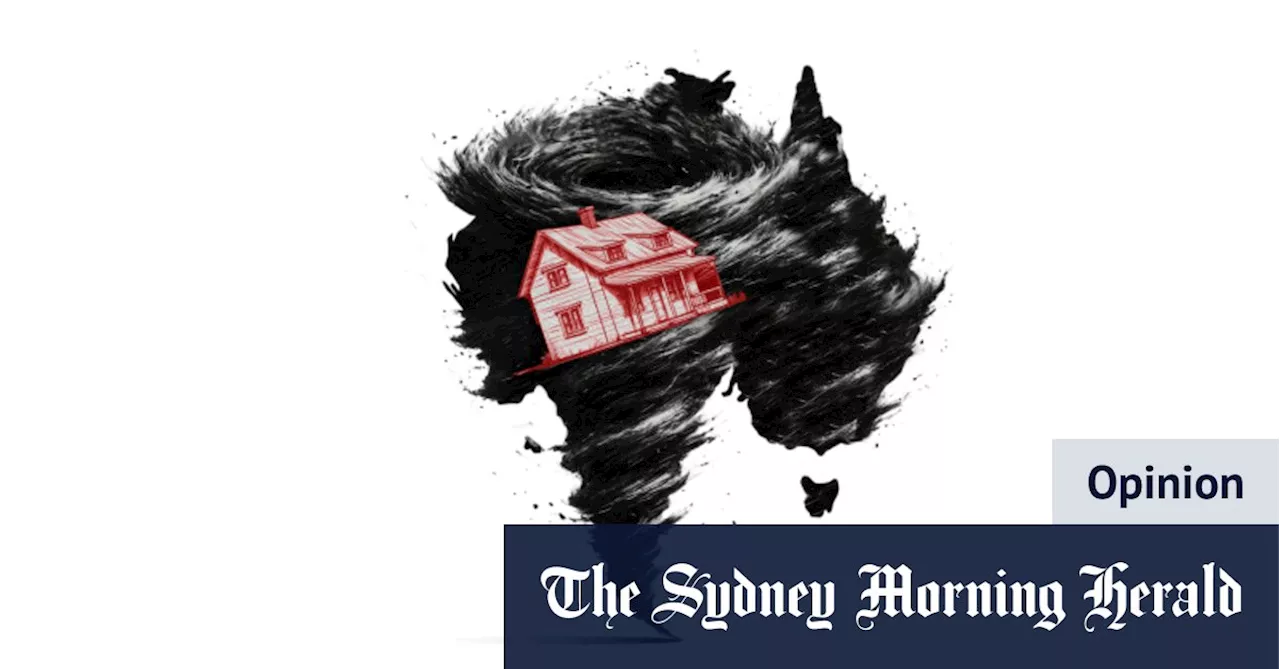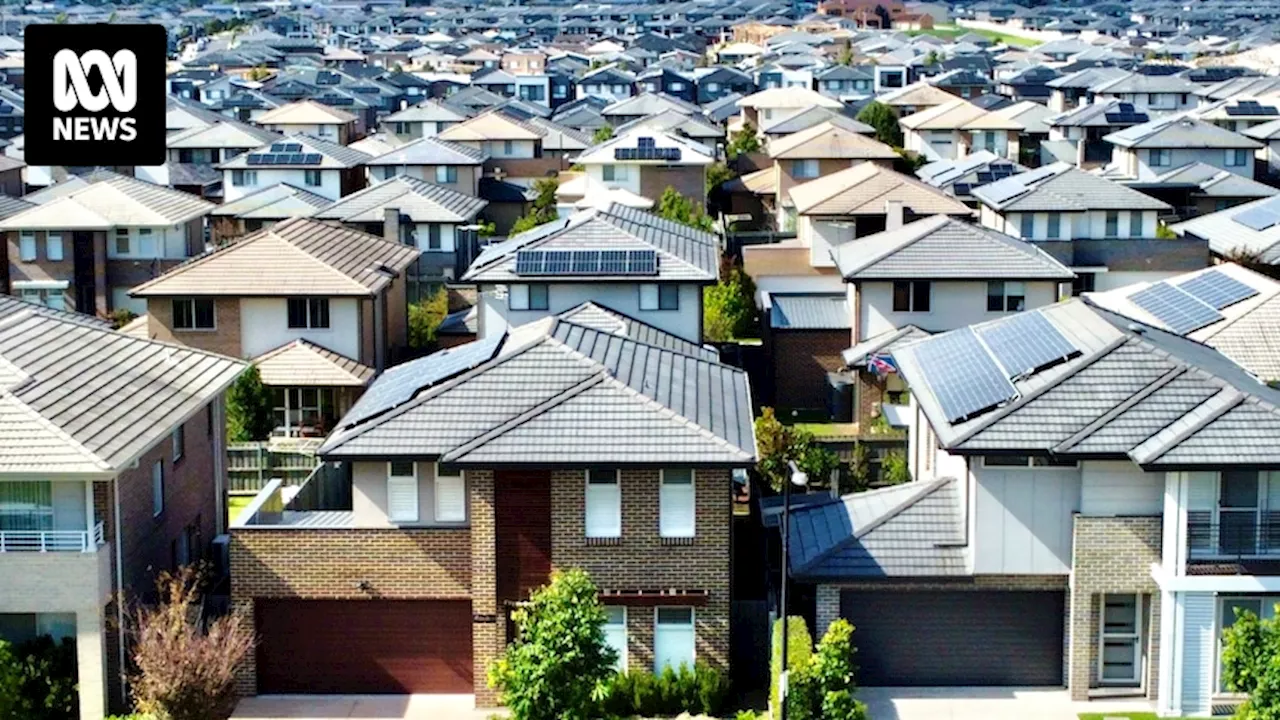This article delves into Australia's persistent housing affordability crisis, examining recent price trends, government initiatives, and historical context. It analyzes the ambitious National Housing Accord and its challenges in meeting targets, while highlighting the ongoing debate over housing as a fundamental right.
Even in the recessions of 1982 and 1991, Australian house prices only fell 6.2 percent. Over the past 50 years, the national median price has dropped more than 10 percent only once – 10.2 percent after the APRA crackdown on lending to property investors in 2017. This resilience highlights why housing is considered a prized investment asset.
The current price dip appears set to be the smallest and shortest in recent history, despite being triggered by one of the most significant declines in household disposable incomes ever recorded and occurring amidst a national initiative to enhance housing affordability.While there might be another month or two of modest price reductions, the Reserve Bank is widely anticipated to decrease interest rates next week, a move it has never deviated from when faced with unanimous agreement. There's also a strong consensus for further rate cuts in May and August. CoreLogic reported last week that, largely driven by expectations regarding interest rate adjustments, two-thirds of real estate agents predict a price increase in 2025, with most anticipating a rise exceeding 5 percent. Concurrently, the Reserve Bank forecasts a 2.4 percent increase in real household disposable income in 2025. These are projections, and unforeseen circumstances could alter the course. However, if they materialize, it would signify another year of deteriorating affordability: house prices rising at twice the rate of disposable income, a trend that has persisted for 25 years and fueled the current housing crisis.It's been over two years since the Australian federal and state governments convened to address this crisis and launched the National Housing Accord. The accord, involving 25 parties, including the Commonwealth, eight states and territories, ten super funds, the Local Government Association, two major fund managers, the Master Builders Association, the Housing Industry Association, and the Property Council, aimed to alleviate Australia's acute housing pressures and ensure access to affordable housing for all Australians. However, only the last three parties – those directly involved in construction – seemed genuinely committed to the accord's goals. To address the housing shortage, an 'aspirational target' of one million new, 'well-located' homes over five years was established, later increased to 1.2 million in August 2023 with a $3 billion 'New Home Bonus' scheme. This scheme involved providing councils, through state governments, $15,000 per housing approval after the initial one million target is reached. This target, although seemingly substantial, represents a modest increase over the number of new homes constructed in the preceding five years. The ambitious plan, however, faces challenges in its execution. To achieve the 1.2 million approvals target by 2029, Australia needs to approve 20,000 dwellings each month from mid-2024. In the 12 months leading up to the 2022 meeting, there were approximately 15,000 approvals per month, leaving a shortfall of 5,000. Recent data reveals a concerning trend: December 2024 approvals reached 15,174, seasonally adjusted, still 5,000 short of the required rate, highlighting the significant gap between aspirations and reality.The idea of housing as a fundamental right has been repeatedly invoked and neglected throughout Australian history. In 1943, the Commonwealth Housing Commission's report on 'the housing requirements of Australia' stated that 'a dwelling of good standard and equipment is not only the need but the right of every citizen.' However, attempts to implement this notion, such as John Curtin's and Ben Chifley's public housing initiatives, were met with resistance and ultimately failed. The right to affordable housing remains an elusive dream for many Australians, despite the ongoing rhetoric and promises of reform
Politics Economics HOUSING CRISIS AUSTRALIA AFFORDABILITY NATIONAL HOUSING ACCORD INTEREST RATES HOUSING POLICY ECONOMIC INEQUALITY
Australia Latest News, Australia Headlines
Similar News:You can also read news stories similar to this one that we have collected from other news sources.
 Rent Prices Soar, Exacerbating Australia's Housing CrisisA new report reveals a 36.1% increase in national rent prices since the start of the Covid-19 pandemic, placing significant financial strain on renters, including those with median incomes. Housing advocates are urging governments to implement rent control measures to address the growing affordability crisis.
Rent Prices Soar, Exacerbating Australia's Housing CrisisA new report reveals a 36.1% increase in national rent prices since the start of the Covid-19 pandemic, placing significant financial strain on renters, including those with median incomes. Housing advocates are urging governments to implement rent control measures to address the growing affordability crisis.
Read more »
 Australia’s Housing Crisis: The Return of the Adult ChildrenThe Australian housing crisis is forcing adult children to move back in with their parents, creating a new generation of 'unkillable oldies' with multimillion-dollar property portfolios. This trend is causing a range of reactions among families, from those who embrace the multigenerational living arrangements to those who find it challenging.
Australia’s Housing Crisis: The Return of the Adult ChildrenThe Australian housing crisis is forcing adult children to move back in with their parents, creating a new generation of 'unkillable oldies' with multimillion-dollar property portfolios. This trend is causing a range of reactions among families, from those who embrace the multigenerational living arrangements to those who find it challenging.
Read more »
 The Unkillable Oldies: How Australia's Housing Crisis is Fueling Multigenerational LivingAustralia's ongoing housing crisis is forcing families to rethink traditional living arrangements, with adult children increasingly moving back in with their parents. The article explores the different perspectives on this phenomenon, highlighting the challenges and opportunities presented by multigenerational living.
The Unkillable Oldies: How Australia's Housing Crisis is Fueling Multigenerational LivingAustralia's ongoing housing crisis is forcing families to rethink traditional living arrangements, with adult children increasingly moving back in with their parents. The article explores the different perspectives on this phenomenon, highlighting the challenges and opportunities presented by multigenerational living.
Read more »
 Australia Faces Housing Crisis: A 25-Year Warning to Avoid America's CatastropheAustralia's housing affordability crisis is a warning sign of a brewing economic and social catastrophe. If left unaddressed, it will impact all Australians. The crisis is driven by high housing prices and low vacancy rates, leading to homelessness and the exodus of skilled professionals. Experts warn that Australia has 20-25 years to avert a path similar to America's, which has seen a devastating housing crisis and economic decline. The solution requires a coordinated effort between government, business, and investors to increase housing stock and address market failures.
Australia Faces Housing Crisis: A 25-Year Warning to Avoid America's CatastropheAustralia's housing affordability crisis is a warning sign of a brewing economic and social catastrophe. If left unaddressed, it will impact all Australians. The crisis is driven by high housing prices and low vacancy rates, leading to homelessness and the exodus of skilled professionals. Experts warn that Australia has 20-25 years to avert a path similar to America's, which has seen a devastating housing crisis and economic decline. The solution requires a coordinated effort between government, business, and investors to increase housing stock and address market failures.
Read more »
 Australia Faces Housing Crisis, Record Rainfall and Multiple Crime InvestigationsAustralia grapples with a range of critical issues, including a looming housing crisis due to a shortage of skilled tradespeople and infrastructure, record-breaking rainfall and floods in Queensland, and ongoing investigations into multiple high-profile crimes, including the murder of a mother and daughter, the death of Elizabeth Struhs, and the killing of a paramedic on duty.
Australia Faces Housing Crisis, Record Rainfall and Multiple Crime InvestigationsAustralia grapples with a range of critical issues, including a looming housing crisis due to a shortage of skilled tradespeople and infrastructure, record-breaking rainfall and floods in Queensland, and ongoing investigations into multiple high-profile crimes, including the murder of a mother and daughter, the death of Elizabeth Struhs, and the killing of a paramedic on duty.
Read more »
 Western Australia's Housing Crisis: A Struggle for ShelterThis news article explores the ongoing housing crisis in Western Australia, highlighting the struggles faced by individuals and families, scrutinizing political promises, and calling for more comprehensive solutions.
Western Australia's Housing Crisis: A Struggle for ShelterThis news article explores the ongoing housing crisis in Western Australia, highlighting the struggles faced by individuals and families, scrutinizing political promises, and calling for more comprehensive solutions.
Read more »
